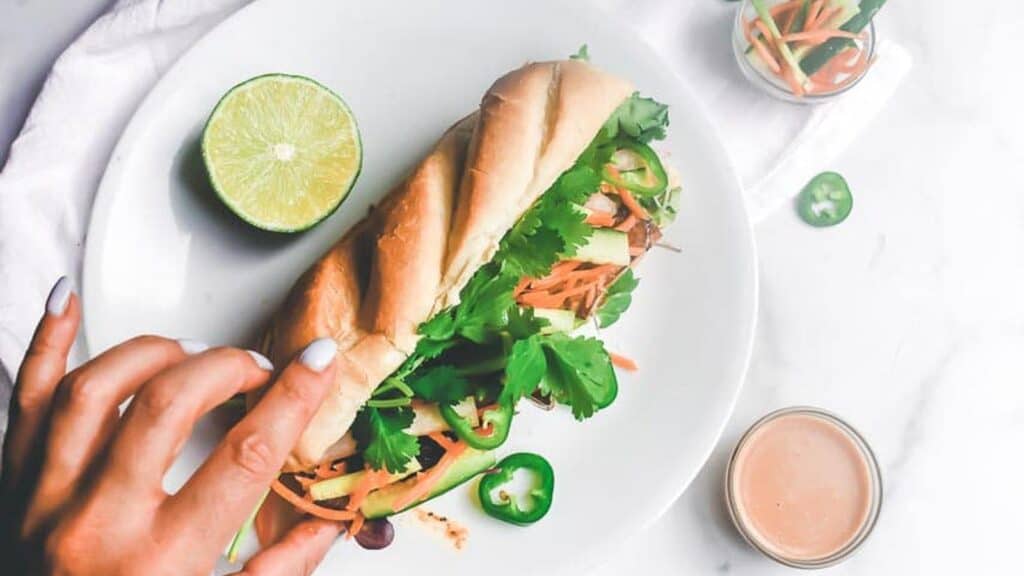National Sandwich Day: Why this simple meal mirrors centuries of change
From British teatime to American lunchboxes, the sandwich has quietly mirrored centuries of social change and culinary innovation.
Each year, when November 3 arrives, food lovers across the United States unite around something simple, familiar, and endlessly flexible: the sandwich. National Sandwich Day is a celebration of bread, filling, and imagination. It is a chance to pause and appreciate the meal that requires no silverware, formalities, or reservations. Its genius lies in its simplicity.
A Bite of History
According to legend, the sandwich owes its name to the 4th Earl of Sandwich, an English nobleman in the 18th century. While playing cards, he asked for his meal to be served in a way that kept his hands clean and his game uninterrupted. The result—meat placed between slices of bread—quickly became fashionable. What began as one man’s convenience has become one of the most beloved meals worldwide.
The Sandwich Through the Ages

From that moment in England, the sandwich spread and evolved. It became a staple of British teatime, an immigrant’s adaptation in America, and a modern icon of fast food. In every generation, the sandwich has been reinvented: submarine rolls filled with Italian meats, Southern pimento cheese on white bread, pressed Cuban sandwiches, and sleek avocado toast on artisan sourdough.
The sandwich is constantly reborn, reflecting social changes, migrations, and trends. It tells the story of who we are and how we eat.
Why It Still Matters
In modern life, the sandwich is nearly unavoidable. Whether you are on your lunch break, packing a picnic, or grabbing something quick before a meeting, a sandwich fits the moment. It is the definition of portable nourishment.
Yet its importance runs deeper than convenience. The sandwich is an exercise in creativity and self-expression. You can tailor it to any diet, preference, or craving. It can be hot or cold, crisp or soft, indulgent or restrained. It adapts effortlessly to vegan, vegetarian, gluten-free, or high-protein lifestyles.
That flexibility explains its enduring power. Every culture, every household, and every cook has a version that feels personal.
How to Celebrate the Day
There are countless ways to join the celebration.
- Build something new. Step out of your comfort zone with fresh combinations. Layer turkey, brie, and apple slices with cranberry relish, or try roasted vegetables with basil pesto and goat cheese. The options are limitless.
- Pack a picnic. Sandwiches were made for travel. Wrap them tightly, add a few side snacks, and head outdoors. Even a simple lunch becomes an experience.
- Support local shops. Delis and cafés often craft original sandwiches that show off local ingredients. Trying a regional specialty connects you to your community.
- Host a sandwich swap. Gather friends and family and have everyone bring their favorite version. It’s fun, casual, and delicious.
- Experiment with global breads. Try naan, pita, lavash, baguette, tortilla, or cornbread. The joy of the sandwich is how easily it welcomes variety.
Sandwiches as Cultural Storytellers
Every sandwich has something to say. The po’ boy tells the story of New Orleans resilience during labor strikes. The Philly cheesesteak reflects industrial grit and bold flavor. The banh mi bridges French and Vietnamese influences, born from colonial fusion. The Cuban sandwich reflects migration and nostalgia.
Each represents community identity and shared history. Celebrating sandwiches means celebrating the cultures that shaped them.
Why Simple Food Deserves Its Own Day
It might seem silly to dedicate a holiday to something so basic, but that’s the point. The sandwich proves that simple things can carry profound meaning. It combines human practicality with culinary creativity. It shows that innovation doesn’t always come from luxury but from solving everyday problems.
National Sandwich Day reminds us to appreciate the ordinary. The best sandwiches are often made with what’s on hand, elevated by care and balance. They bring people together, start conversations, and make busy days a little easier.
Make It Personal

Use the day to create your signature sandwich. Maybe it’s a nostalgic peanut butter and banana on whole wheat or a towering club with crisp bacon and tomato. Choose ingredients that mean something to you. Food tastes better when it tells your story.
The Takeaway
As November 3 arrives, pause before your next bite of bread and filling. Notice the textures, the flavors, and the memories it carries. Think about how a small culinary invention has touched every part of the world.
National Sandwich Day is not just about eating; it is about recognizing the humble genius of everyday food. Whether you buy from a beloved local shop or assemble your own masterpiece, enjoy it slowly. Every layer represents a little bit of history and a whole lot of heart.
Here’s to bread in hand, creativity in the middle, and the joy that comes from something so simple yet so satisfying.
How A Simple Loaf Of Bread Connects Us All

A simple loaf of bread carries within it thousands of years of history, migration, and memory.
On October 16, the world celebrates World Bread Day. At first glance it may seem like just another food holiday, but bread deserves the spotlight. It is one of the oldest prepared foods known to humankind, and it is found in nearly every culture. Whether baked in a clay oven, fried on a skillet, steamed in bamboo baskets, or torn by hand at a communal meal, bread is both nourishment and symbol. It tells the story of migration, survival, and creativity. To travel through bread is to travel through humanity itself. Learn more.







